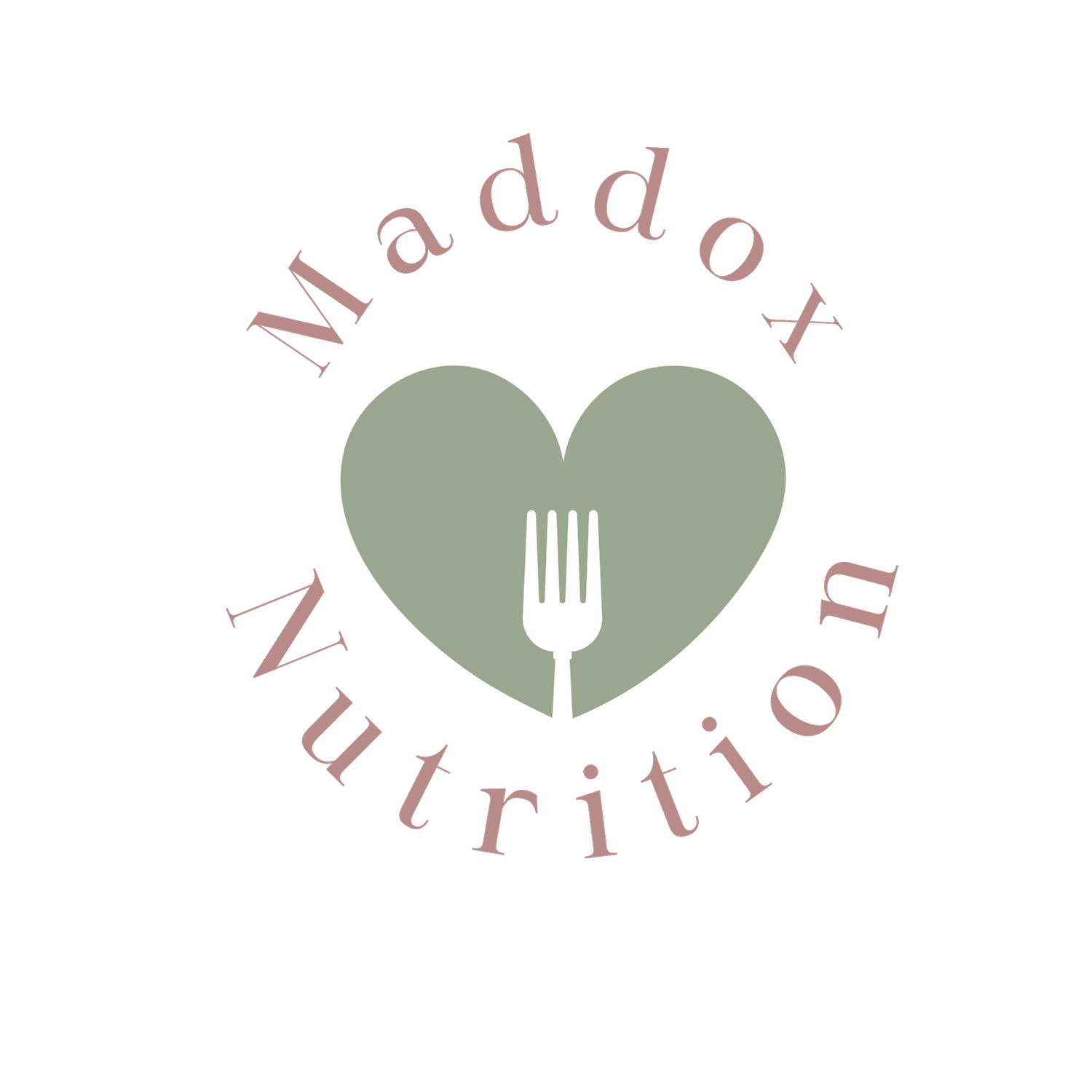What Does Normal Eating Look Like?
In a culture that constantly glorifies self-control, calorie tracking, and the relentless pursuit of the so-called “perfect” body, eating has gradually shifted from a natural act of nourishment to a minefield of rules, guilt, and fear.
What was created as a basic, intuitive human need God gave our bodies has become something we second-guess, measure, and moralize.
This pressure to eat “perfectly” can slowly chip away at our relationship with food.
Over time, what should be a simple, satisfying act—eating when we’re hungry and stopping when we’re full—turns into a confusing and stressful experience. Every bite becomes a decision weighed down by “shoulds,” “musts,” and “not allowed.”
So where does that leave us? What does normal eating even mean anymore in a world where food choices are often tied to worth and willpower?
Let’s explore what it truly looks like to eat in a way that supports your body, respects your hunger, and frees you from unnecessary food rules.
Normal eating in practice
Normal eating is not about eating perfectly. It is not about avoiding sugar, counting calories, or following strict rules.
It’s about listening to your body and trusting it to guide your food choices and this might also mean:
Having three meals a day... and snacks in between if you're hungry
Eating more one day and less another, without guilt or overthinking it
Trusting your body to guide your choices rather than a food-tracking app or diet rules
Saying yes to birthday cake or spontaneous takeout, without needing to “make up for it” later
Stopping when you're full...but sometimes eating past fullness because the food is just that good - no guilt involved
In short, eating is not a formula. It's a pattern that emerges over time, built on self-awareness, compassion, and respect for your body’s signals.
The influence of diet culture
Children begin life with an understanding of eating: they respond naturally to hunger and fullness.
When caregivers introduce external rules like insisting they finish every bite on their plate, labelling certain foods as “bad,” or enforcing rigid eating times, they erode this innate sense of appetite.
Praise for weight loss or disapproval of certain food choices further teaches children to prioritize external expectations over internal cues.
In fact, according to a study published in Frontiers in Psychology, preschoolers exposed to controlling feeding practices (for example, parents using food as reward or restricting foods “for health”) were significantly more likely to eat when not hungry, a behavior associated with higher BMI scores in these children according to the study.
Over time, these beliefs teach people to ignore their own hunger and follow outside rules instead. This is where disordered eating often begins.
How do you know if you are eating “normally”?
Normal eating can look different from person to person. However, there are key signs that can help you understand if your eating habits are grounded in trust and flexibility or driven by rules and guilt.
“You eat when you’re hungry and stop when you’re satisfied (most of the time)”
Normal eating means responding to your body’s internal cues like hunger, fullness, and satisfaction most of the time.
This doesn’t mean perfectly stopping at every meal when you're exactly 80 percent full, nor does it mean never eating when you're not hungry.
Instead, it reflects a pattern over time where you eat because your body asks for nourishment and stops when you feel comfortably full.
You might sometimes eat past fullness or wait too long to eat, but you don’t judge yourself for it. Your goal is to listen and respond, not control.
“You eat a variety of foods without guilt”
One of the key markers of normal eating is the absence of guilt when making food choices.
You are able to include both nutrient-dense foods (like fruits, vegetables, proteins, and whole grains) and foods that are typically labeled by culture as “indulgent” or “junk” (like chips, sweets, or fast food) without moral judgment.
You recognize that all foods can fit into a balanced eating pattern and that no single food choice defines your health or worth.
“You can adjust your eating to life’s changes”
Normal eating is flexible and adapts to your real life. Not the other way around.
You understand that hunger and appetite naturally change day to day depending on factors like activity level, sleep, hormones, stress, and routine. You eat more on some days and less on others without trying to “fix” it. You give yourself grace when life stages change your eating patterns - such as pregnancy/postpartum, recovering from illness/injury, and getting older.
“You don’t obsess over food all the time”
While it’s normal to think about food, it’s not normal for food thoughts to dominate your day.
Constantly thinking about your next meal, calculating calories, or worrying about eating the “wrong” thing are signs that your relationship with food may be more stressful than supportive.
When you eat normally, you enjoy food and think about it when needed, but it does not control your thoughts. You feel mentally free before, during, and after meals.
“You eat for nourishment, enjoyment, and comfort”
Food serves many roles. It nourishes your body with essential nutrients, but it also provides enjoyment and emotional satisfaction. Normal eating makes room for all of these reasons.
—
What you need to know
The difference between a Dietitian and Nutritionist
A dietitian is a regulated healthcare professional who has completed formal education in nutrition and dietetics, undergone supervised training, and is licensed to provide medical nutrition therapy for conditions such as diabetes, eating disorders, or gastrointestinal issues.
The title “dietitian” is legally protected in many countries, ensuring that only those who meet strict professional standards can use it.
In contrast, the title “nutritionist” is not always regulated, meaning anyone can call themselves a nutritionist regardless of training, though some may hold advanced degrees or certifications. Generally, dietitians are qualified to offer clinical nutrition care, while nutritionists often focus on general wellness and healthy lifestyle guidance.

